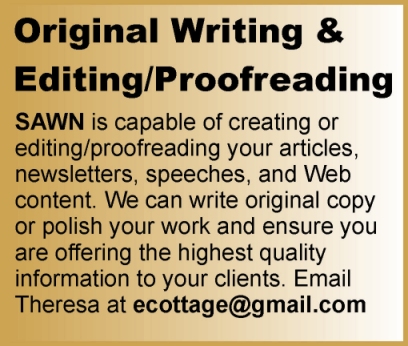Technology has changed the standards for copy editing and proofreading and even caused the roles to overlap in some situations. Traditionally, proofreaders are responsible for finding errors during the typesetting or formatting of a final document, while copy editors work on draft information, correct inappropriate grammar, check word usage, and make sure the document follows the rules of English.
The copy editor also checks the document for a consistent look and feel. It is important to know that proofreading and copy editing are done at varying levels. Each requires different skills and experience. A higher level of copy editing may be needed, for example, when the author is providing technical information to a non-technical audience. The tutorial content is as follows:
EDITING
Lesson 1: Prepare for Editing
Lesson 2: Edit to Give the Document Focus
Lesson 3: Edit the Introduction, Format, and Conclusion
Lesson 4: Edit Paragraphs for Focus and Continuity
Lesson 5: Edit Paragraphs for Emphasis and Variety
Lesson 6: Know the Basic Structure of a Sentence
Lesson 7: Build Meaningful Sentences
Lesson 8: Write Effective Sentences
Lesson 9: Add Sentence Variety
Lesson 10: Work with Problem Sentences
Lesson 11: Write Concisely
Lesson 12: Use Precise Words
Lesson 13: Use Clear Words for Concepts
PROOFREADING
Lesson 14: Introduction to Proofreading
Lesson 15: Proofreader’s Marks
Lesson 16: The Proofreading Process
Lesson 17: Spelling, Word Division
Lesson 18: Abbreviations, Capitalization
Lesson 19: Numbers, Figures
Lesson 20: Subject/Verb Agreement
Lesson 21: Pronoun Agreement and Selection
Lesson 22: Punctuation
Lesson 23: Mood and Voice
Lesson 24: Modifiers and Connectives
Lesson 25: Format, Publishing
Lesson 26: Case, Tense
Contact Theresa (ecottage@gmail.com) to order a copy of the self-study tutorial “Editing and Proofreading” or if you need assistance in editing or proofreading your manuscript.





 I’m a published author of four business books and have written a number of self-study tutorials [creative writing; editing and proofreading; business writing; and self-publishing] and an eBook [Workplace Harmony]. I am an experienced writer, editor and publisher.
I’m a published author of four business books and have written a number of self-study tutorials [creative writing; editing and proofreading; business writing; and self-publishing] and an eBook [Workplace Harmony]. I am an experienced writer, editor and publisher. 




